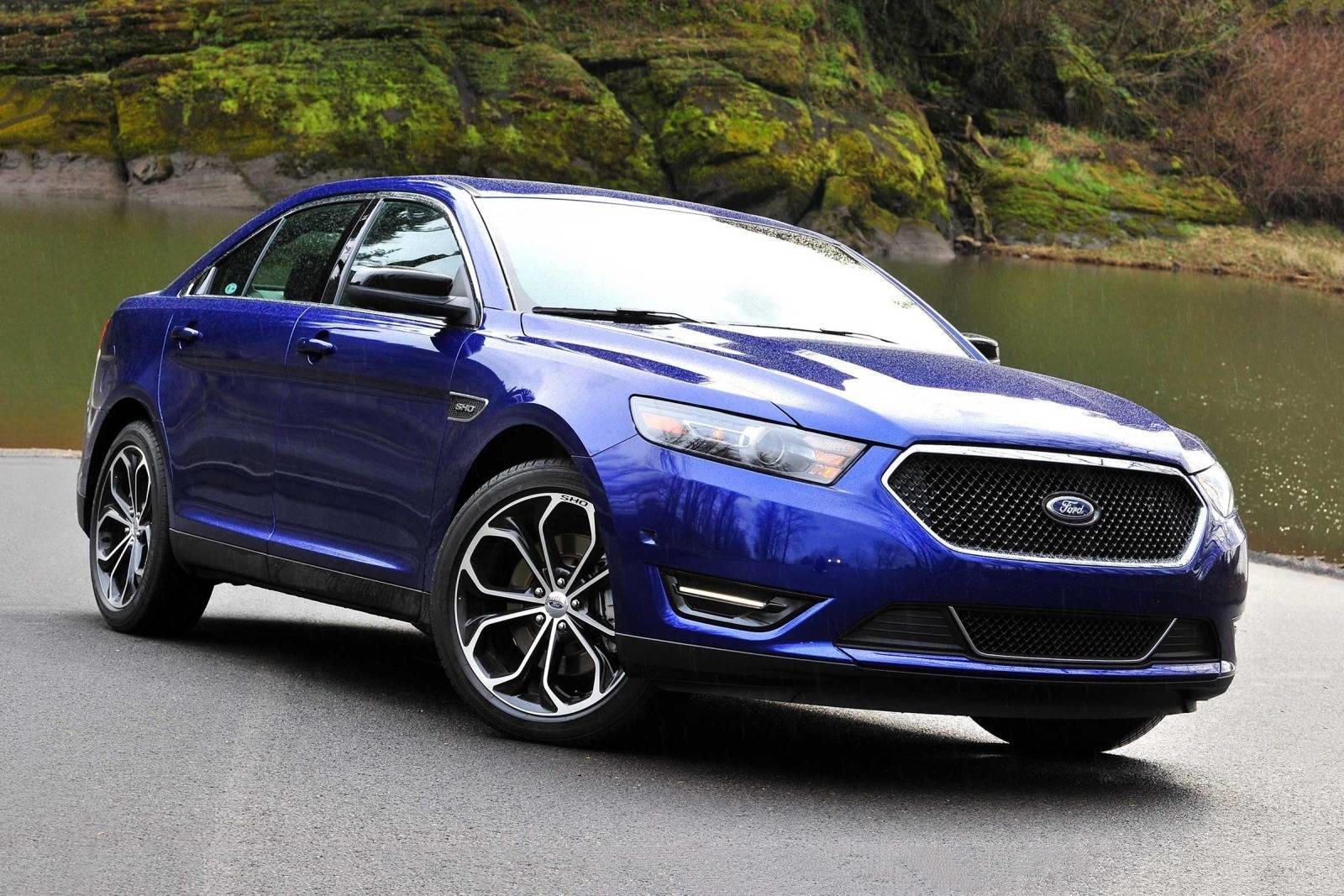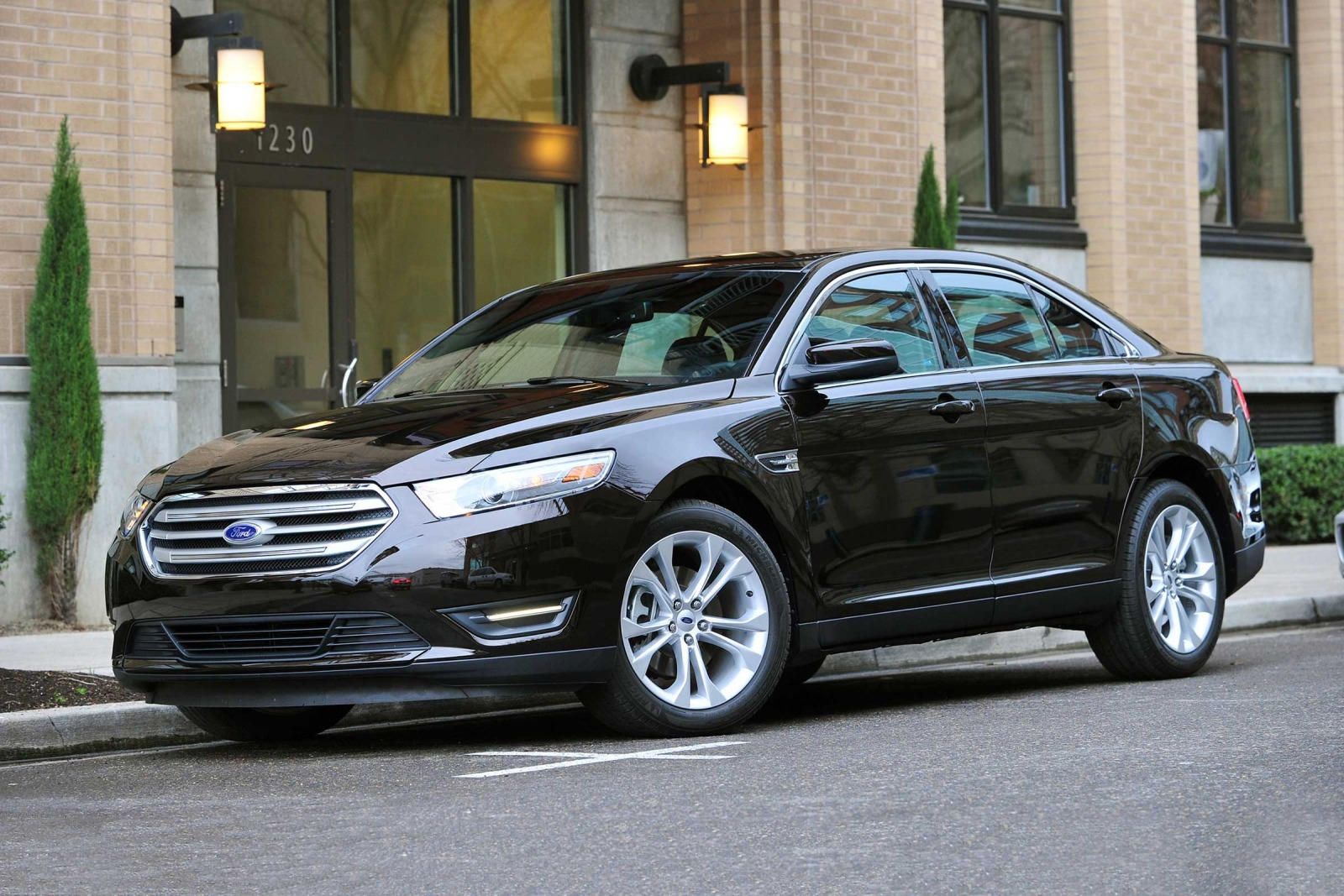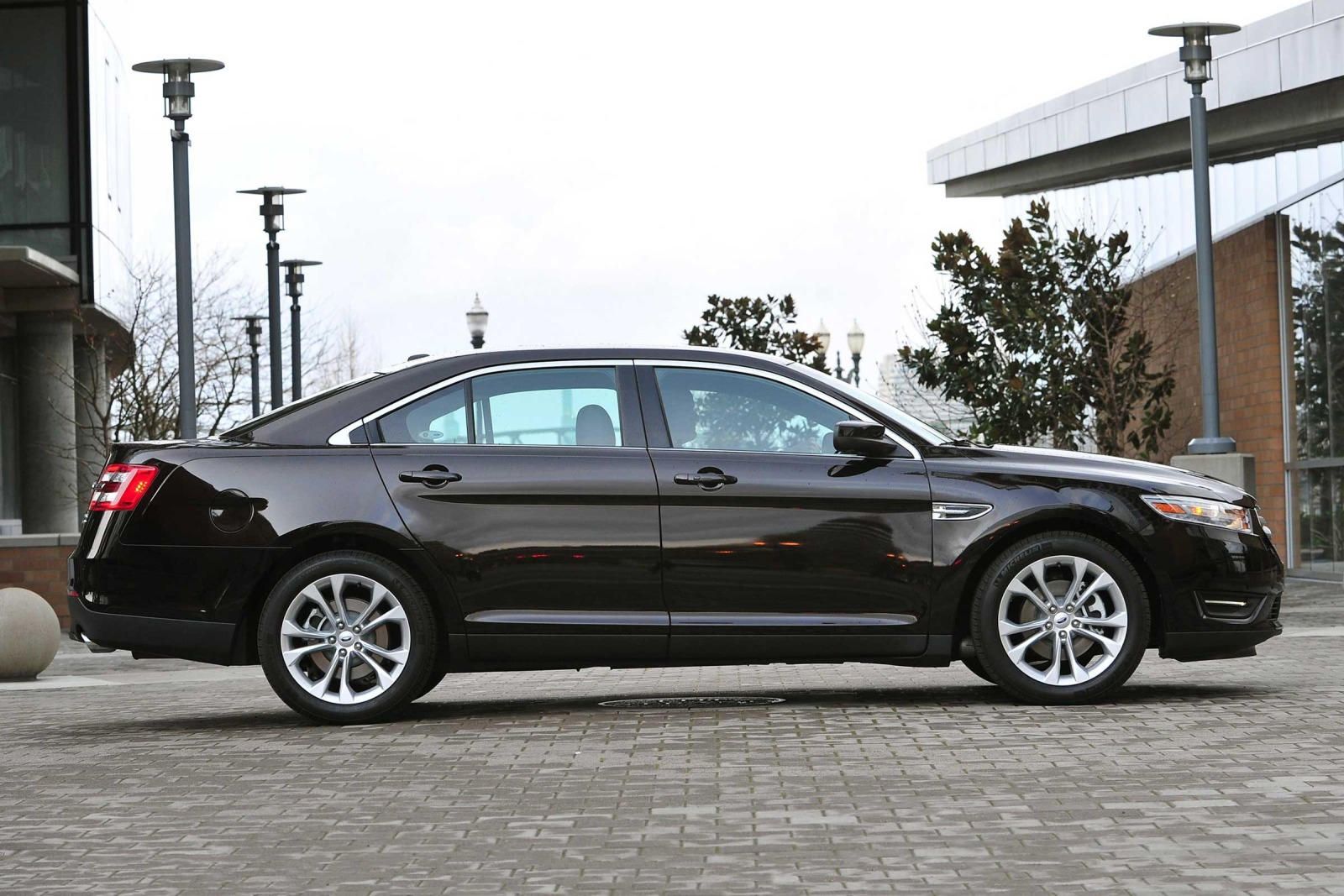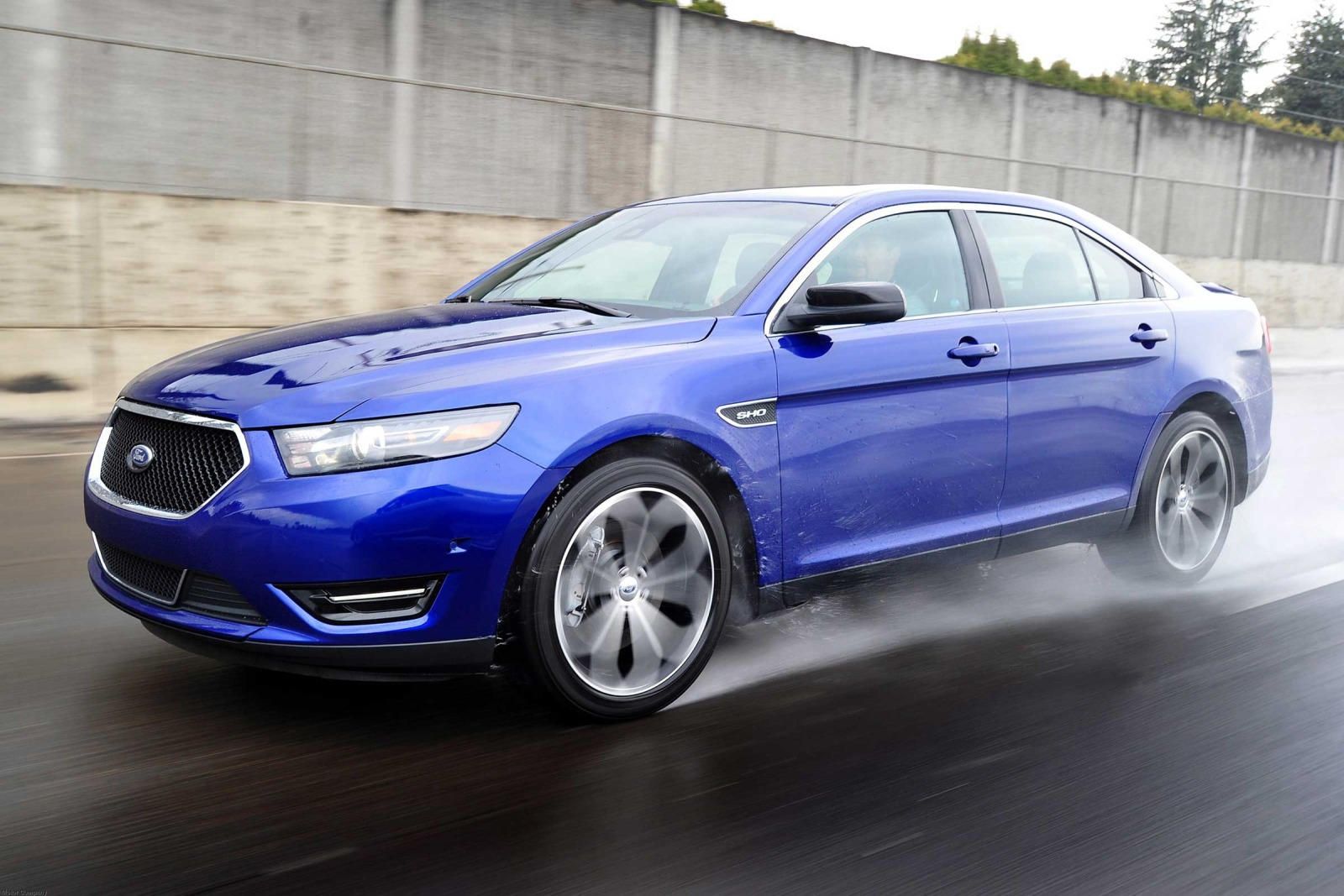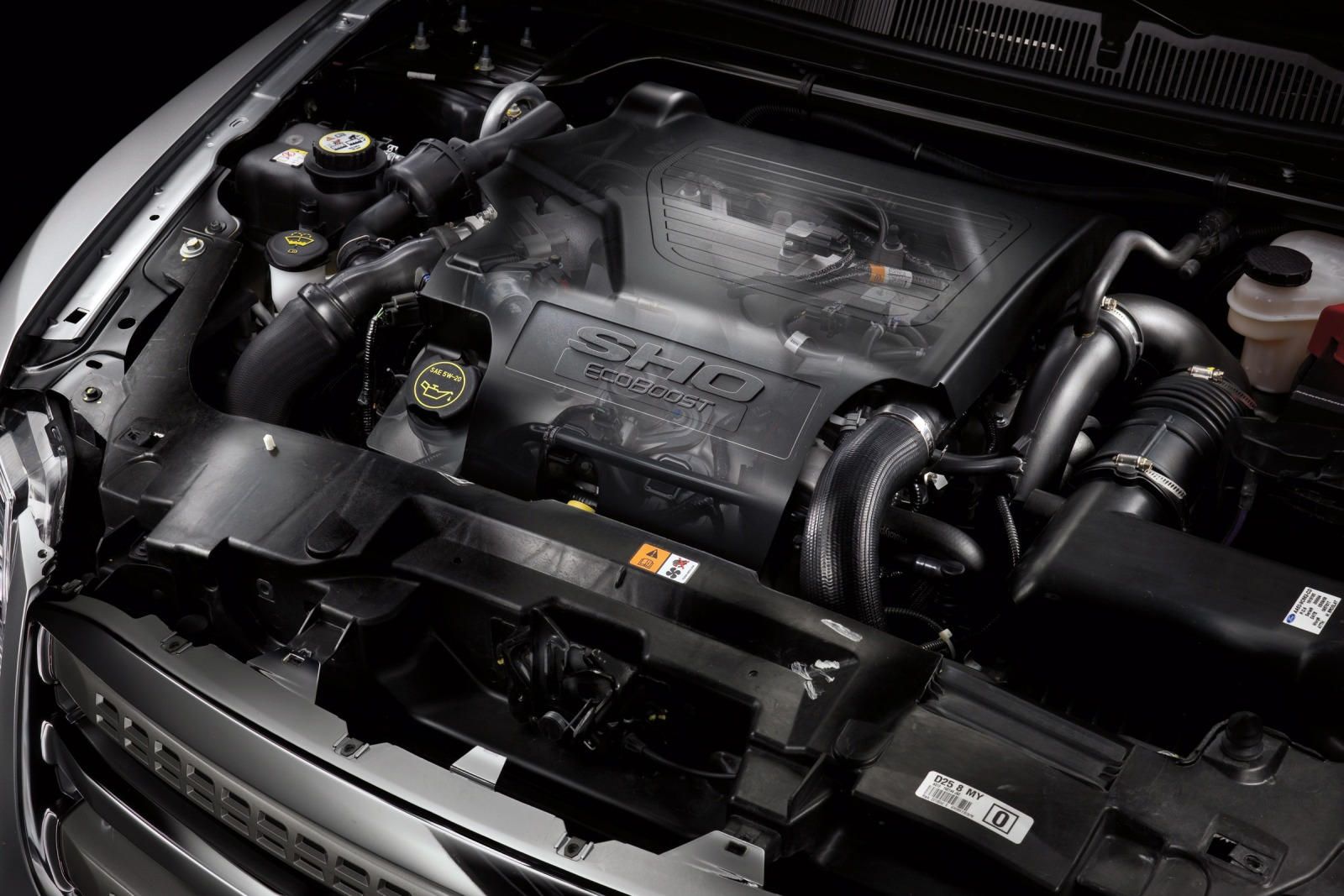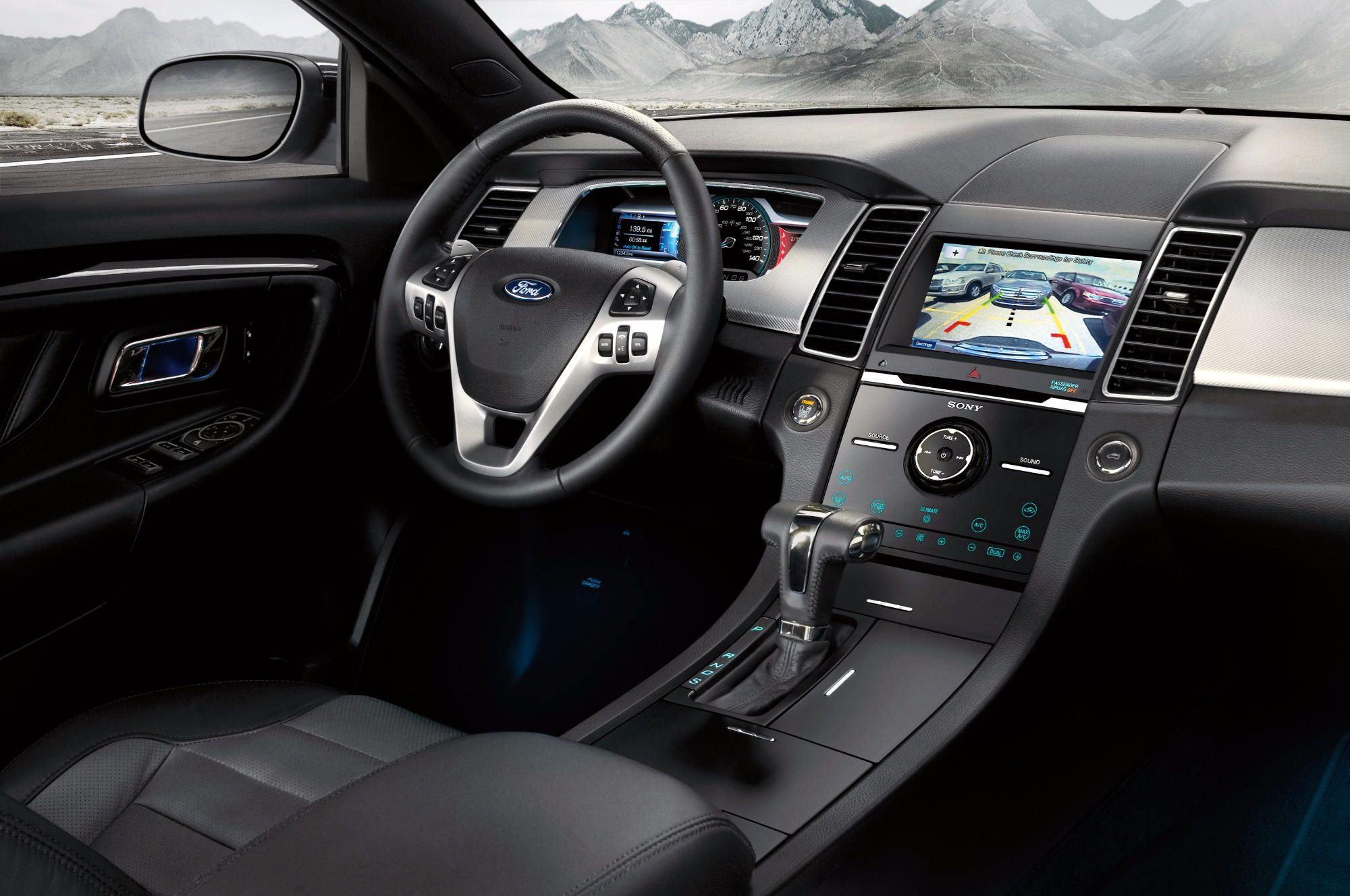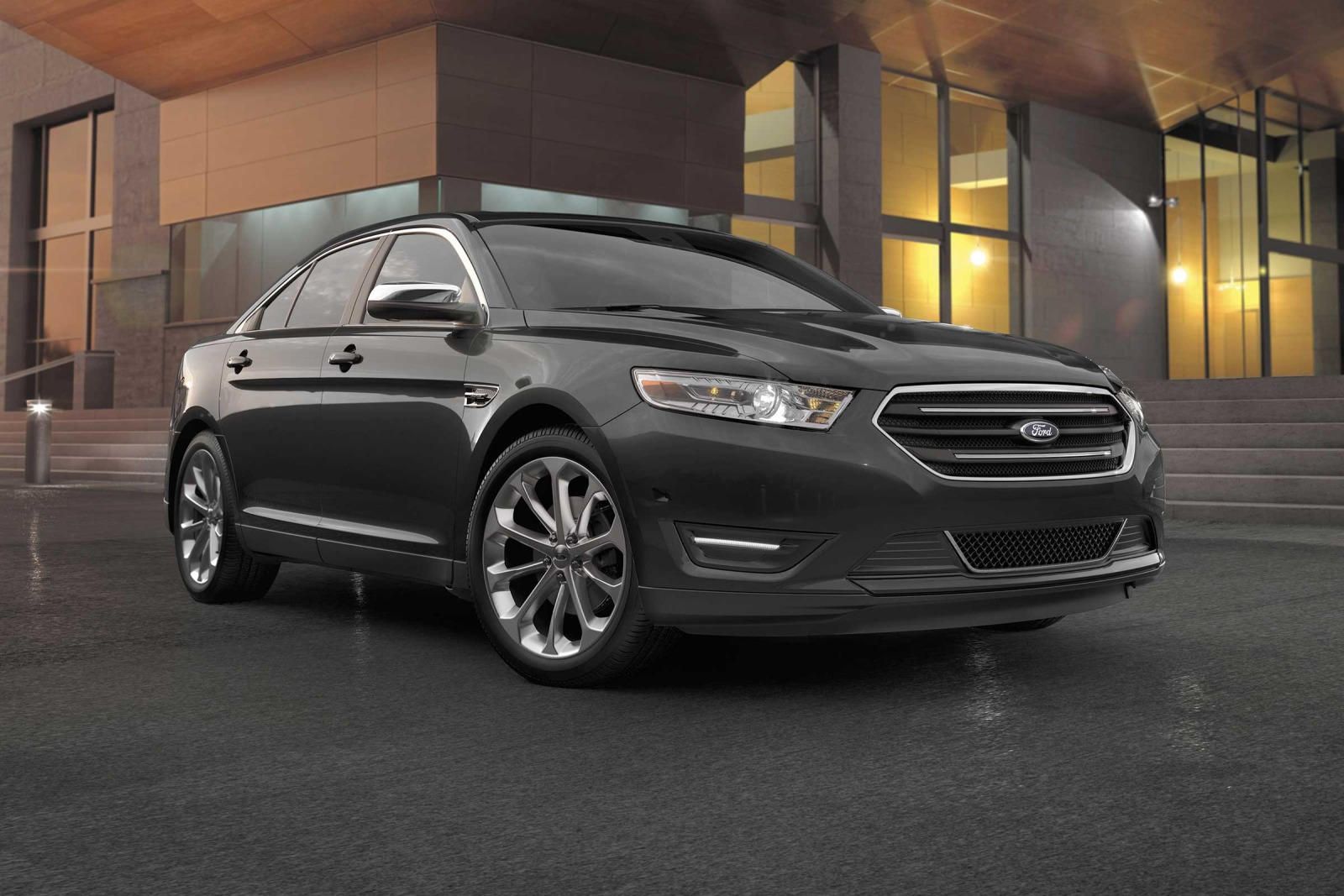2018 Ford Taurus Review
The Ford Taurus is the largest sedan currently sold by the Detroit-based brand, and while a 7-th generation exists in China, here in the US we're currently on gen-6 – we have been since 2010. But this Taurus is secretly a bit older than that, sharing underpinnings with the 5th gen model sold for a brief period from 2008-2009, and itself originating from the 2005 Ford Five Hundred. The origins of that platform lie back in 1998 as the Volvo P2 that underpinned the old S80.
What we have here then is a 19 year old sedan platform parading itself as a flagship model. What could possibly go wrong?
Interior
Though the original Volvo platform underpinned the 7-seater XC90, a lot has changed since Ford first tweaked this platform for their own needs. Ergonomics and packaging, for example have come a long way, with manufacturers stretching wheelbases and magically adding interior room where a decade ago there was none. The Taurus is too old for that, and interior room is severely cramped. Though seating 5, almost every competitor from the Chevrolet Impala to the Hyundai Azera offers more comfortable accommodation. What it loses in cabin space, though, it gains in trunk volume. It's huge back there – 20 cubic feet huge, giving you space to add more weight to its already porky 4000+ lbs.
Ingress and egress are difficult, and the cabin design has aged badly. Build quality also lacks compared to Ford's newer offerings, though the seats are pretty comfy, and some new amenities like SYNC 3 have been added to the options list.
Driving
With a chassis that it shares with the old Volvo XC90 and current Ford Flex, it's no wonder the Taurus handles just like them. Steering is vague and lifeless, with dull responses and slow turn-in. Body roll is pronounced, as is nose dive under braking which never inspires confidence. It doesn't enjoy anything twisty, at all, though the SHO model with tauter suspension is a little more nimble. Still, it's hardly enjoyable and the sheer weight and size of the Taurus tend to heave it around the road when attempting anything resembling a quick change of direction. That much weight in a front-wheel drive chassis also doesn't bode well, and understeer is prevalent.
For regular commuter driving the comfort levels are pretty decent on smaller 17- and 18-inch alloys wheels, and EcoBoost models enjoy an even softer ride with less weight over the nose.
Performance
There are three engine options, one being a traditional 3.5-liter V6 with 288 horsepower and 254 lb-ft of torque. A 2.0-liter EcoBoost turbo motor produces 48hp less, but 16 lb-ft more – though it feels strained in doing so. The SHO model gets the pick of the lot, a turbo 3.5-liter EcoBoost V6 with 365hp and 350 lb-ft – that's the one you'll need to get this lump moving. Front-wheel drive is standard on all but the SHO, but all-wheel drive is an option on V6 models. A 6-speed automatic is the only transmission, and a dull one, though the SHO model gives you paddle shifters.
Equipment and Safety
With 4 trim levels to choose from, SE, SEL, Limited, and SHO, there's bound to be one with enough spec for your liking. 6-way power adjustable seats are standard from SE trim, along with a rear-view camera, two USB ports. SEL gives you dual-zone climate and rear park sensors, while the Limited model gives you keyless entry, power adjustable pedals, and leather upholstery with heating and ventilation. The sporty SHO adds AWD as standard and 20-inch alloy wheels. The Taurus achieved 5/5 stars from the NHTSA and Good ratings in all but the small overlap test from the IIHS where it achieved Acceptable.
Verdict
If we'd been judging this 15 years ago, the Taurus may have been acceptable, but now it's just unbearable. For luxury, look to the Chrysler 300 or Hyundai Azera; for performance, look to the Dodge Charger. The Taurus simply doesn't offer anything its rival didn't already do so 15 years ago.

